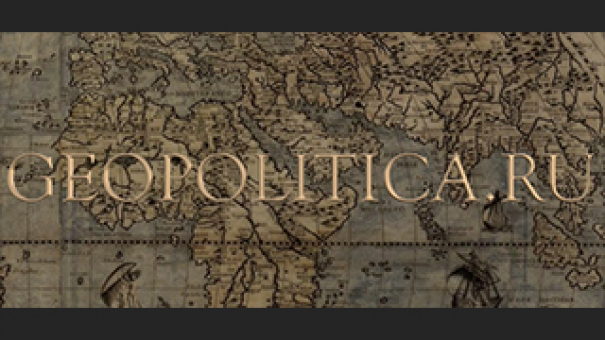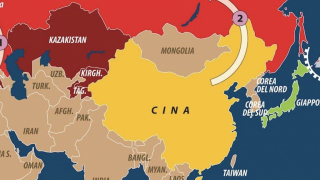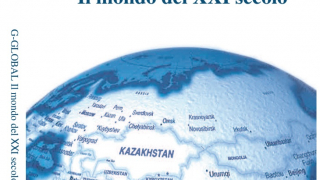Vedi anche
13.05.2024
Il ministro della Difesa cinese Dong Jun si è impegnato ad approfondire la cooperazione militare con il Kazakistan, il principale partner di Pechino...
20.07.2016
Il progetto di integrazione economica e strategica eurasiatica perorato dal partito “Russia Unita” (Edinaja Rossija, 2001) e guidato da Vladmir Putin...




